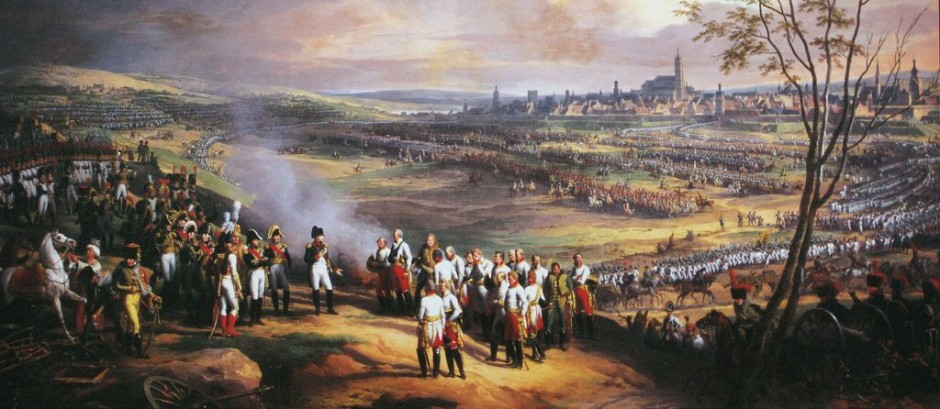What is Synopticity? (The Judgment of a Historian)
Synopticity is ‘Approaching History in the way a professional historian would’ by drawing together knowledge, ideas and arguments to show overall historical understanding. Essentially, throughout your studies at B.H.S. you are aiming to read, think, and write like a historian. With continued practice you will be able to demonstrate a breadth of understanding (an ability to see beyond the obvious and to see the deeper implications of questions), together with a relevant linking of ideas and arguments across the topic or period in order to reach a valued judgment. The historian’s craft is one of discipline and imagination.
Historians do the following:
- Sourcing – analyzing the resource: Who said so? Where did this come from?
- Teach students to stop and source before reading!
- Consider a document’s attribution (the name of the author or editor and how
the document came into being) before doing anything else:
- Read the headnote, if any;
- Look at all the source information, including date, publisher;
- Note the attribution, if any;
- Consider the genre (book, diary, newspaper, speech);
- Set it in historic context – time and region;
- Verify provenance (records documenting authenticity or history of ownership);
- Study the Table of Contents and Index.
- Contextualizing – imagining the setting, making it visual
- Create a picture in your head: what did the original scene look like?
- The available technology affects the way information is produced and delivered
What things were different in those days? How might that matter?
- Who are the others thinking and writing on this subject – the people talking about it?
- Corroborating – cross-checking: Who else says so?
- Inter-textual reading – looking for corroboration/confirmation.
- What do other sources say?
- Where would we find other perspectives on this issue? (e.g., after the destruction of the USS Maine, what was on the front page in Havana? in Madrid?)
- How does other material support, oppose, or extend your understanding of the subject?
- Close reading – bias, tone, implied meaning: What does it say? How does it say it?
